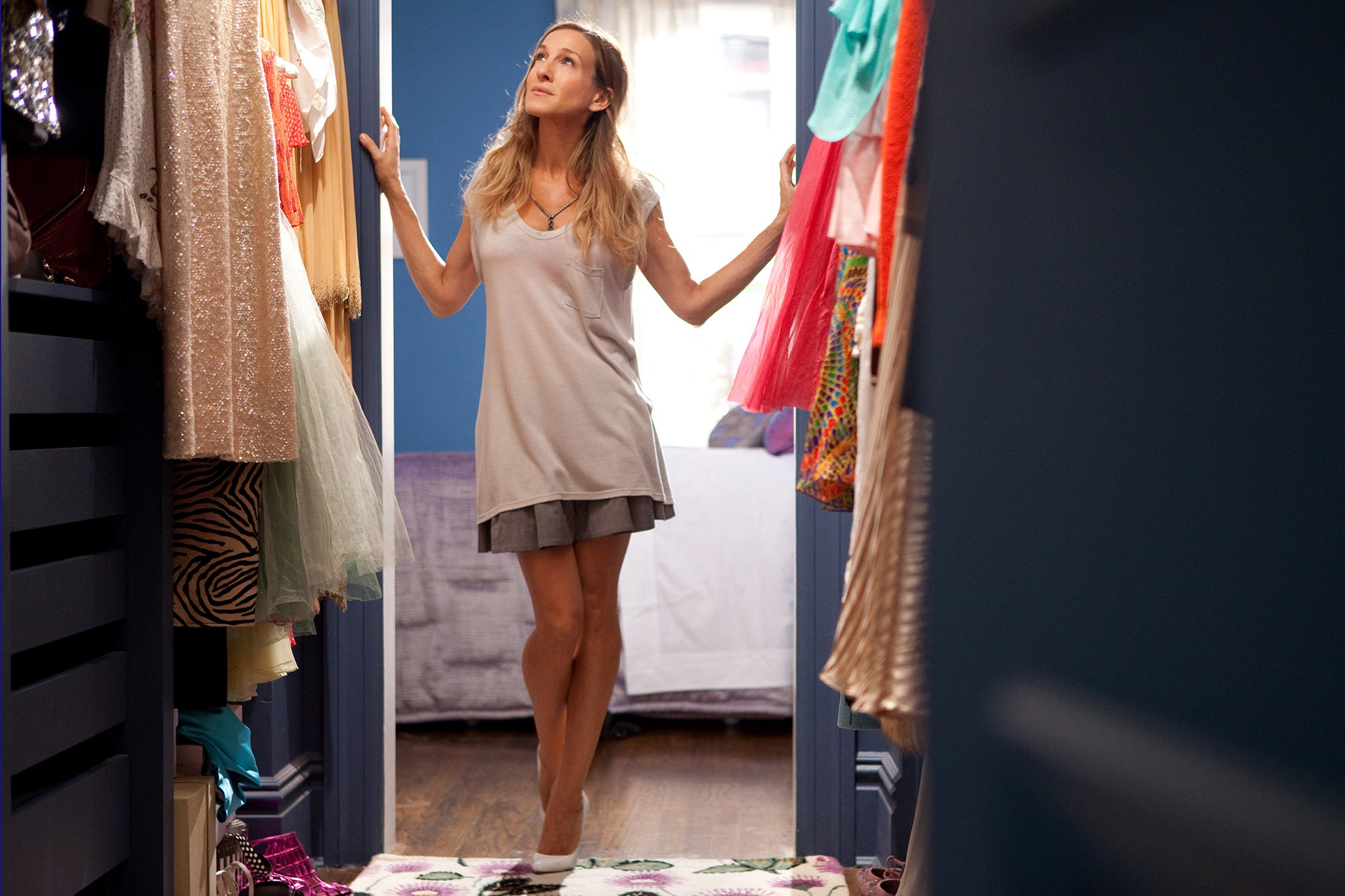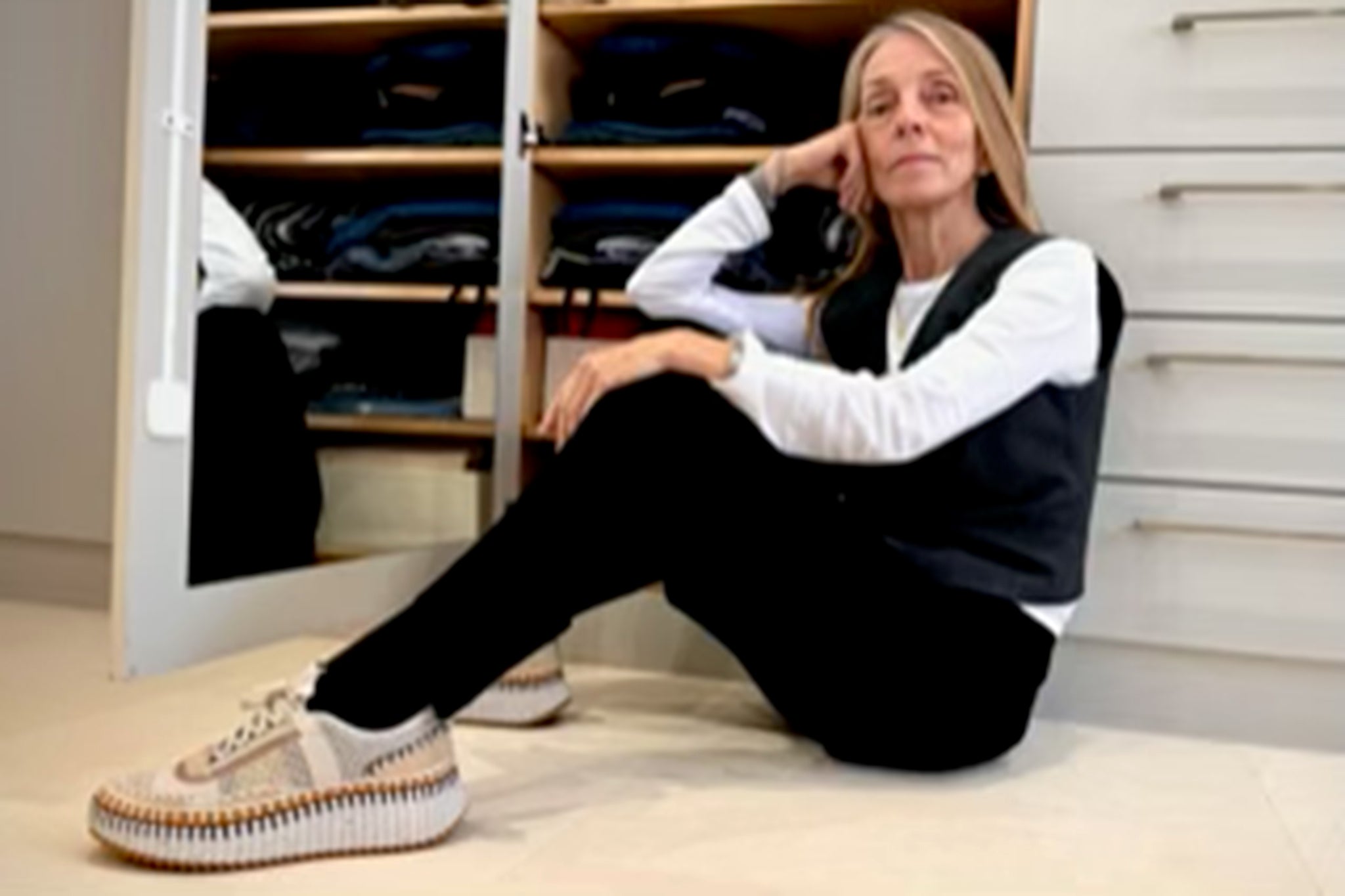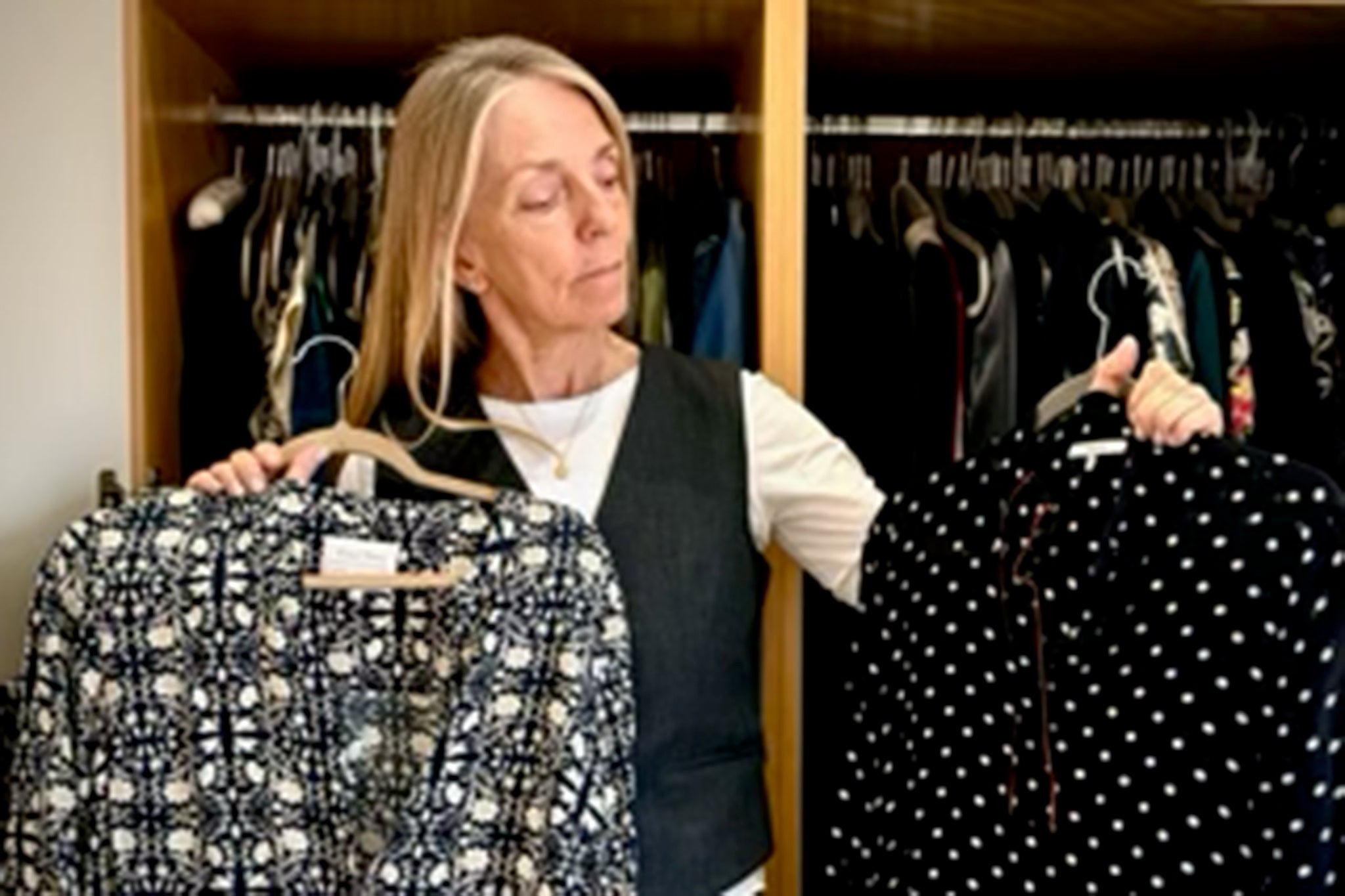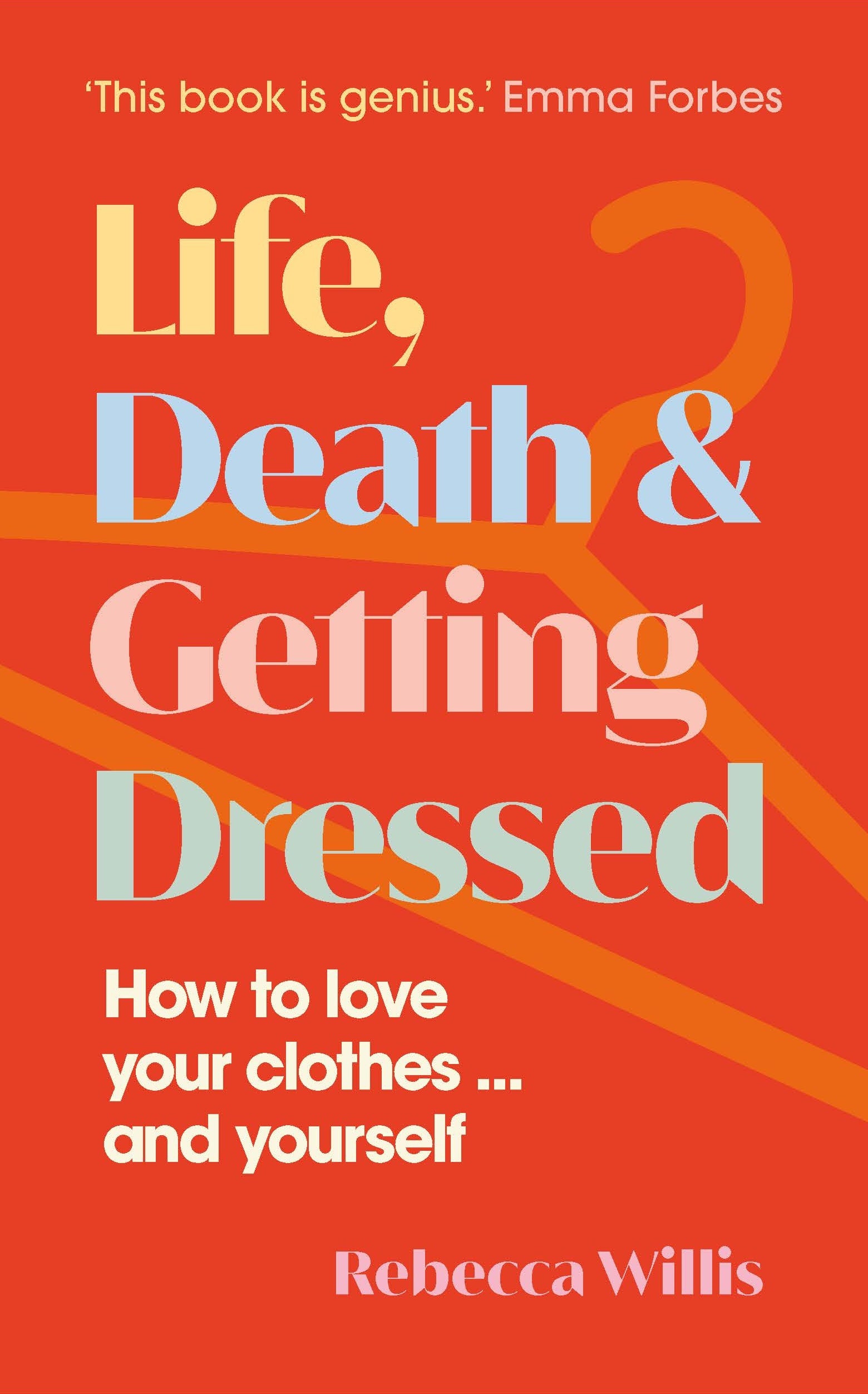Why wardrobe dysmorphia could be the reason you have nothing to wear
If you are standing in front of your closet wondering what on earth you wore this time last year, you’re not alone, says a former editor on Vogue Rebecca Willis who believes she has found the cure...

I started to wonder about our love-hate relationship with clothes when I came home one night and thought my flat had been burgled… and then realised the chaos was all the outfits I’d tried on before going out. It looked like the work of a frenzied demon. What on earth had possessed me? Most women will know the answer: I’d been overwhelmed by that old, familiar feeling of having nothing to wear.
Why is it that, even at the start of my seventh decade, and having worked at Vogue for 15 years, I can still open my exceedingly full wardrobe and feel that nothing in it is quite right, nothing really “works”… and something new might fix it? Why do we all have so many clothes and nothing to wear? I wanted to answer that question properly, so I wrote a book about it.
The moment of getting dressed can be fraught and stressful. It is a point of transition; we choose how to present ourselves to the world – and as such becomes a lightning rod for anxiety, discontent and self-doubt. When I asked other women about the nothing-to-wear feeling (and I asked a lot of them: young and old, fashionable and not, with tight budgets and loose ones), nearly everyone could identify with that feeling – especially at the start of a new season.
Even the successful model I sat next to on a plane – who would have looked good in the proverbial bin bag – agreed. And everyone seemed to accept it as a fact of life; an inevitable part of being a woman. I call this feeling “wardrobe dysmorphia” because the problem lies in our heads not in our bulging wardrobes. Like body dysmorphia, it is a cognitive distortion: thin looks fat and full looks empty.

Our attraction to novelty, our love of display and our brain’s reward system are all mechanisms that humans have evolved in the winner-takes-all game of survival of the fittest. That might be good for the species, but as individuals it makes us hyper-alert to change and constantly craving new things. Because of our profound need to belong, we dress tribally – wearing the “right” things helps ensure our social survival, or acceptance into our preferred group.
Also, many women have historically needed to attend to their appearance in order to find a protector. And then have needed to keep renewing that appearance to stay protected (blame the patriarchy). There are so many reasons for that nothing-to-wear feeling that it starts to feel like a conspiracy.
Which, in the modern, consumerist world, it is. Multinational, billion-dollar companies exploit these instincts for novelty and change to sell us stuff that we don’t need. (And then do it again next season – which is why our minds will soon be turning to kitten heels and leopard print.) The fashion industry is expert at hijacking our attention, bombarding us with images of new clothes and people with perfect lives wearing them. And it can now do so 24/7.
Our curious and questioning hunter-gatherer brains, which constantly check how we’re doing and are always on the lookout for ways to improve our lives, are easy prey. What’s the easiest thing for us to change? Yup. Clothes. And so we buy that new coat. Those must-have boots and a new dress. (Oh, wait, we don’t buy, we “invest” – don’t we? And even if we get something second-hand, that buzz of renewal is still satisfied.

No wonder we have items lurking at the back of the wardrobe with the labels still attached. And dozens of pairs of black trousers (or whatever your reflex comfort-buy is) when just a handful would do. And shoes that are so painful we can barely walk in them. And dresses that require special underwear that we don’t (yet) possess. Humans, it turns out, are natural-born fashion victims.
Whether it’s the flat-pack or the walk-in varieties, a wardrobe is far more than somewhere to store our clothes, it is a conflict zone where epic struggles are taking place, our atavistic fears are triggered and heavy-weight expectations, past and present, are placed on us. You are likely to be well served in advice on where to get autumn’s new look, but I am here to say it is not anti-fashion to look at what you have in a new light.
For me a confluence of several things made the shift happen: I did a course with Oxford Mindfulness and realised how much time I wasted thinking about clothes; I had a very big birthday and I literally ran out of shelf space for black trousers. I could have started a museum of them, with captions explaining in minute detail how each pair was slightly different to the next. Whereas they were just… black trousers.
There’s no quick fix for wardrobe dysmorphia, but recognising it as a feeling and not a fact is a good start. I may never be totally immune to the new season’s clothes, but now I understand the causes of the panic that can descend when I open the wardrobe. It’s much easier to resist the impulse to fix it by buying something new.
When I stand in front of my bulging wardrobe, I now look at things a bit differently. When I see the crowded rails before me, instead of thinking “I’ve got nothing to wear”, I try to do the following instead:
Get out my old favourites and imagine I’m seeing them for the first time.
And find, I’d still buy most of them. Our brains don’t pay much attention to things when they’re no longer new, so trick your brain by hiding clothes away for a while; when you rediscover them they may seem exciting again.
Read between the shopping lines
For example, “sale” means “We need to shift this now because the stuff we want to sell you next is about to arrive.” “Shoe sale” means “Yup, no one else could walk in those either.” “Save on luxury cashmere” means “It’s spring time!”
Do a stocktake of my feelings
What is the underlying emotion that is driving me to the shops? Am I shopping for comfort? For emotional distraction, because it’s easier to change looks than feelings? You can get a clue from your body: if your guts are fluttering or you feel a bit breathless, it’s your hormones doing the shopping.
Zoom out
I try and think about how fashion would look from the moon or to an alien from a distant planet. Or think about something that happens really slowly, like lichen growing in the tundra or trees turning into rock. This really puts all those urgent purchases into a different perspective.
Take colour out of the equation
I turn my phone screen to its black-and-white setting (no, don’t ask me how to do it, ask a teenager). Most clothes look considerably less alluring in monochrome with all the colour drained out of them. Research has shown that colour makes images stick in the brain, so while your phone is black and white, return to your wardrobe which suddenly pops.
Practise 10-finger gratitude
This is a short mindfulness exercise where you hold each finger in turn as you choose 10 different things to appreciate in your life. In this case, make the 10 things clothes that have served you well – it’s hard to forget or hate something while feeling grateful for it.

Give myself a cooling-off period
Even if the shop assistant won’t hold the dress or the website says “low stock”. You can do some deep breathing and check your wardrobe when you get home from the shops, where chances are you will find something suspiciously similar to what you’re lusting after. Think if you saw the same item in a charity shop, or without the label, would you want it? In five years will you still want to own this?
Remember whatever you wear, you’re still going to look like you
And that’s a good thing. Look in the mirror not at your clothes but at your face. Do you look anxious or happy? That will tell you everything you need to know about whether a new purchase is about your own pleasure, or the quest for social approval. I also remind myself I just don’t have time to waste time on guilt and shopping, I want my tombstone to say “a life well lived” and not “a life well- dressed”.
‘Life, Death and Getting Dressed: How to Love Your Clothes... and Yourself’ by Rebecca Willis is published by New River (£14.99)






Join our commenting forum
Join thought-provoking conversations, follow other Independent readers and see their replies
0Comments